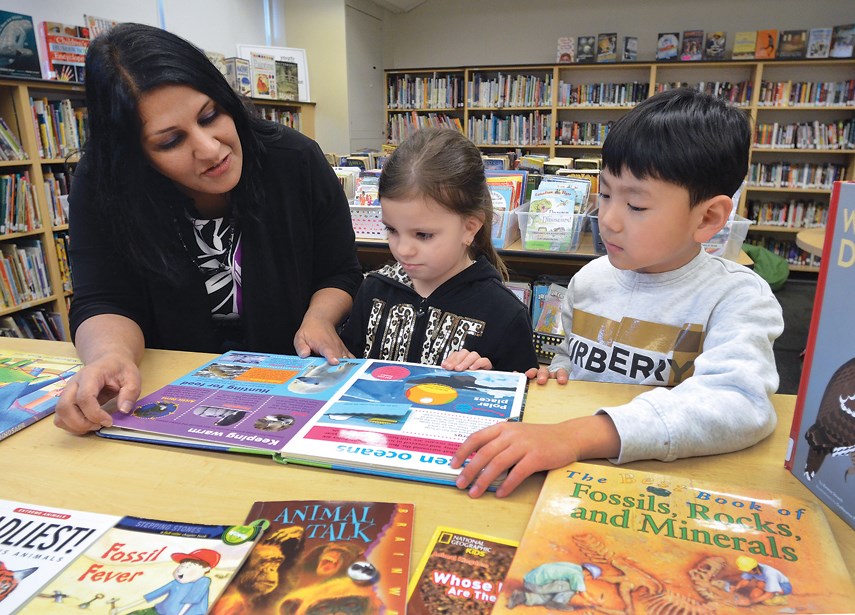The number of English Language Learner students in West Vancouver schools is continuing to shoot upwards this year, increasing by about 10 per cent over last year.
At 1,319 students, English Language Learner students currently make up about 18 per cent of the district’s approximately 7,400 students, up over last year’s figure of just under 1,200 ELL students.
This year’s increase was larger than it has been for the past two years, but is being driven by many of the same demographic factors, according to Maria Yioldassis, ELL co-ordinator for West Vancouver Schools.
Those include families who have immigrated from Mainland China, as well as from Hong Kong and Iran.
The largest increase in ELL students entering the school system happened in 2016 – when there was a 13 per cent increase – coinciding with a boom in real estate sales in West Vancouver.
Since that time, the number of students learning English at the same time they’re learning academic subjects has been rising steadily.
Some schools in West Vancouver have far higher numbers of ELL students than others. At Chartwell Elementary in the British Properties, almost 50 per cent of the school's 266 students are English Language Learners.
About 45 per cent of Irwin Park's 417 students are also English Language Learners.
Between 34 and 38 per cent of the school population at Westcot, Ridgeview and Hollyburn elementary schools are ELL students. At West Bay, Cypress Park and Ecole Pauline Johnson, the percentage of ELL students is between 26 and 28.
Students from families who are newcomers to the country come into local classrooms with a range of English-speaking ability, said Yioldassis. “We do have students who have a good handle on the English language,” while others are very new to the task of learning English, she said.
Of the total school population – between 11 and 12 per cent of students speak Mandarin as their first language at home, while between 12 and 13 per cent speak Farsi, said Yioldassis. Not all of those students are English Language Learners, however.
As in the past, the highest concentration of ELL students has been in the primary grades of elementary school.
That’s an advantage, said Yioldassis, because the earlier students start learning English, concentrating first on oral and social language, the sooner they become proficient with more advanced vocabulary needed for academic subjects at high grade levels.
On average, it can take between five and seven years for students with very little English to become fluent in the language.
Fewer than 10 per cent of students at the high school level are English Language Learners.
Often ELL teachers will work alongside regular teachers in the classroom, said Yioldassis, while other times students will work one-on-one or in small groups with ELL teachers.
Increasingly, ELL students are also enrolling in programs like International Baccalaureate and French immersion. Nineteen percent of the students attending Ecole Cedardale and 29 per cent of those attending Ecole Pauline Johnson are English Language Learners.
One additional role ELL teachers often take on is that of cultural advocate for newcomer families – whether that is helping to explain specific cultural practices and needs to school authorities or explaining school district communications to families.
“We believe we are better because we are culturally diverse,” said Yioldassis. “Diversity has definitely enriched who we are.”



